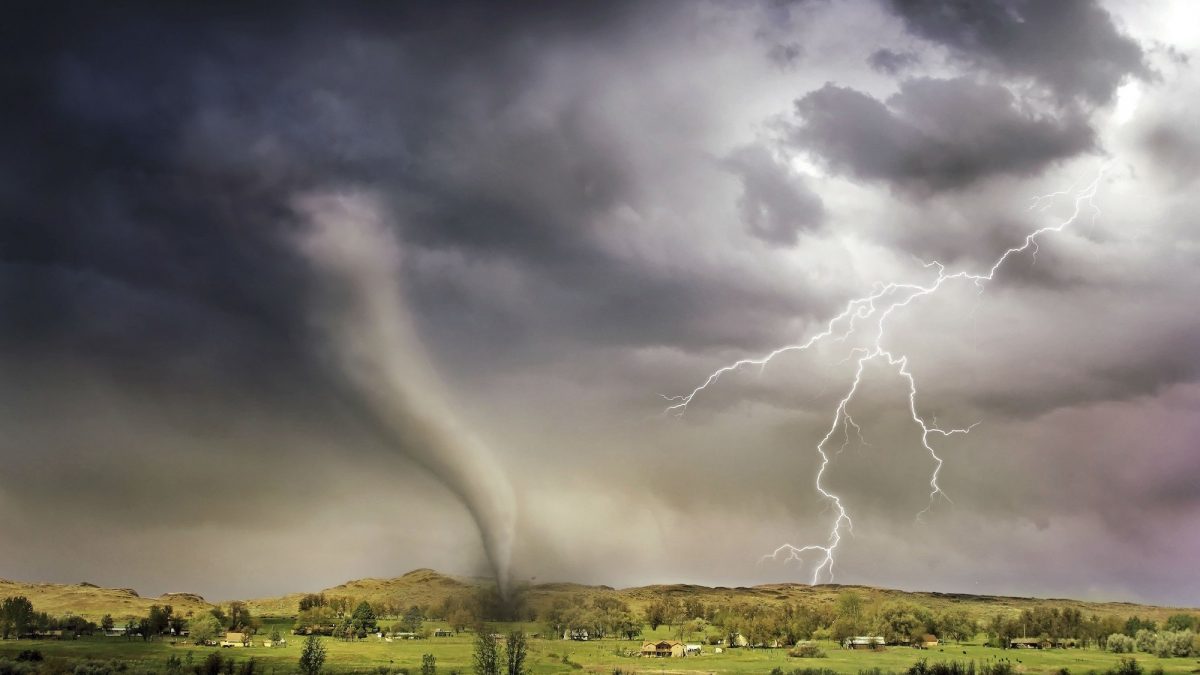Coming out of Flight
{21 minutes}
Coming out of Flight
Working with the flight response in the body
Anxiety is the manifestation of the flight response. When we feel in danger, and want to get away from it, and cannot, we become anxious.
Related Practices:
See Calming Anxiety. See Release Fear. See Grounding. See Allow Yourself to Grieve. See Learn to Set Clear Boundaries. See Orienting. See Boxing. If you'd like a brief introduction to the Polyvagal theory, visit our Brief Illustrated Guide to Polyvagal Theory. If you'd like to understand the Polyvagal Theory through the lens of water, see Core Neurobiological Self: Polyvagal Theory as Water. For our complete film about the Polyvagal Theory, see The Science of Safety (Polyvagal Theory). See our film Turning on the Connection System. For a comprehensive exploration of the theory with its developer, see The Future of Medicine and Mental Health, with Dr. Stephen Porges, PhD. See Clinical Applications of Polyvagal Theory. See Autonomic Mapping. With regard to healing traumas see Healing Trauma. See The Evolved Nest.Photography: Licensed from Pexels.com, used with permission.


